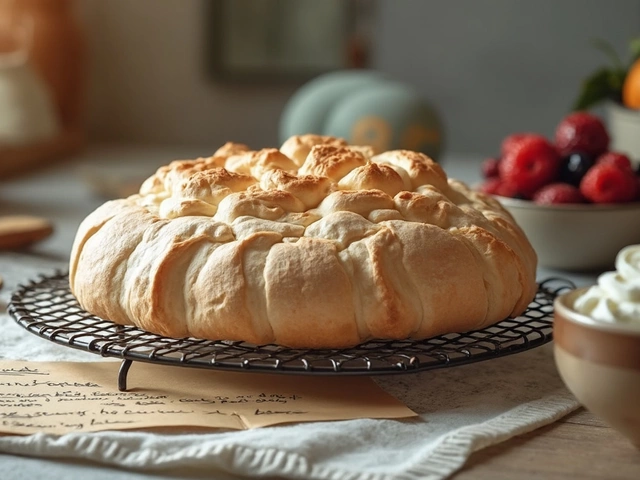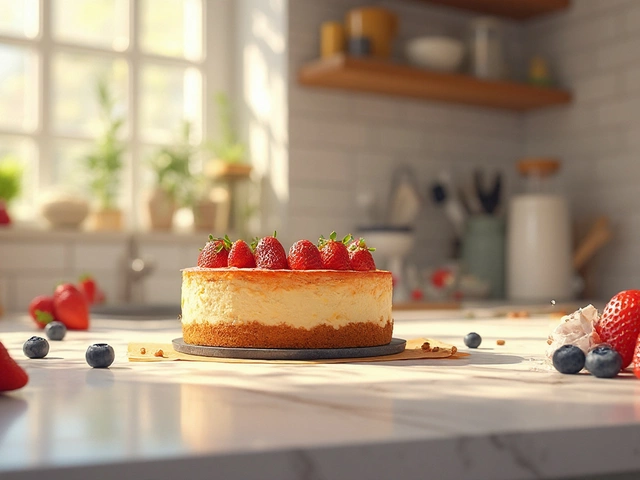Paris Macarons: Simple Steps to Perfect French Treats
If you’ve ever stared at a picture of those delicate, rainbow‑colored shells and thought they were impossible, you’re not alone. The truth is, with a few basic rules and a bit of practice, anyone can pull off the classic Paris macaron. Below you’ll find the core steps, a shortcut for flawless meringue, and ideas for flavoring and storing your creations.
Getting the Meringue Right
The heart of a macaron is a stiff, glossy meringue. Start with room‑temperature egg whites—about 60 ml per batch—and whisk them on medium speed until they turn frothy. Then turn the speed up and add a pinch of cream of tartar or a few drops of lemon juice. Sprinkle the sugar slowly while the mixer is running. You’ll know it’s ready when the peaks stand up straight and the bowl looks glossy, not grainy.
Next, sift your almond flour and powdered sugar together at least twice. This removes any lumps that could cause cracks. Gently fold the dry mix into the meringue with a rubber spatula. The batter should flow like lava—smooth, shiny, and thick enough that it slowly folds back onto itself.
When you pipe the batter, use a round tip and a steady hand. Pipe circles about 1.5 inches across onto a parchment‑lined tray. Tap the tray on the counter a few times to release air bubbles, then let the shells rest for 30‑45 minutes. They’re ready to bake when a fingertip can lightly press the top without the batter sticking.
Preheat the oven to 300 °F (150 °C). Bake each tray for 12‑14 minutes—no more, no less. Opening the door early can cause the shells to crack, while overbaking turns them hard. Once they’re set, let them cool completely before you move on to filling.
Flavor Ideas and Storage
While classic vanilla or chocolate are safe bets, the real fun is in the fillings. Whipped ganache, fruit curds, or espresso buttercream all pair nicely with the crisp shell. Spoon a small amount onto the flat side of one shell and sandwich it with its partner. Press gently so the filling spreads evenly without breaking the shell.
After filling, let the macarons rest in the fridge for at least 12 hours. This “maturation” step lets the flavors meld and the texture soften a bit—exactly how they’re served in Parisian patisseries.
Store perfected macarons in an airtight container. In the fridge they stay fresh for up to a week; on the counter they’ll keep for a couple of days if the weather is cool. If you need to freeze them, place each in a small bag first, then zip them up. Thaw in the fridge and let them sit at room temperature for 20 minutes before eating.
With these basics, you can experiment with seasonal flavors—think raspberry rose, matcha green tea, or salted caramel. The more you bake, the better you’ll read the batter and gauge the perfect bake time. So grab a whisk, preheat the oven, and give Paris macarons a try—you’ll be amazed at how close to bakery quality you can get at home.

Macaron Prices in France: What to Expect and How to Save
Curious about macarons in France? Discover their real prices, what affects them, and clever ways to enjoy these treats without overspending.
View More



